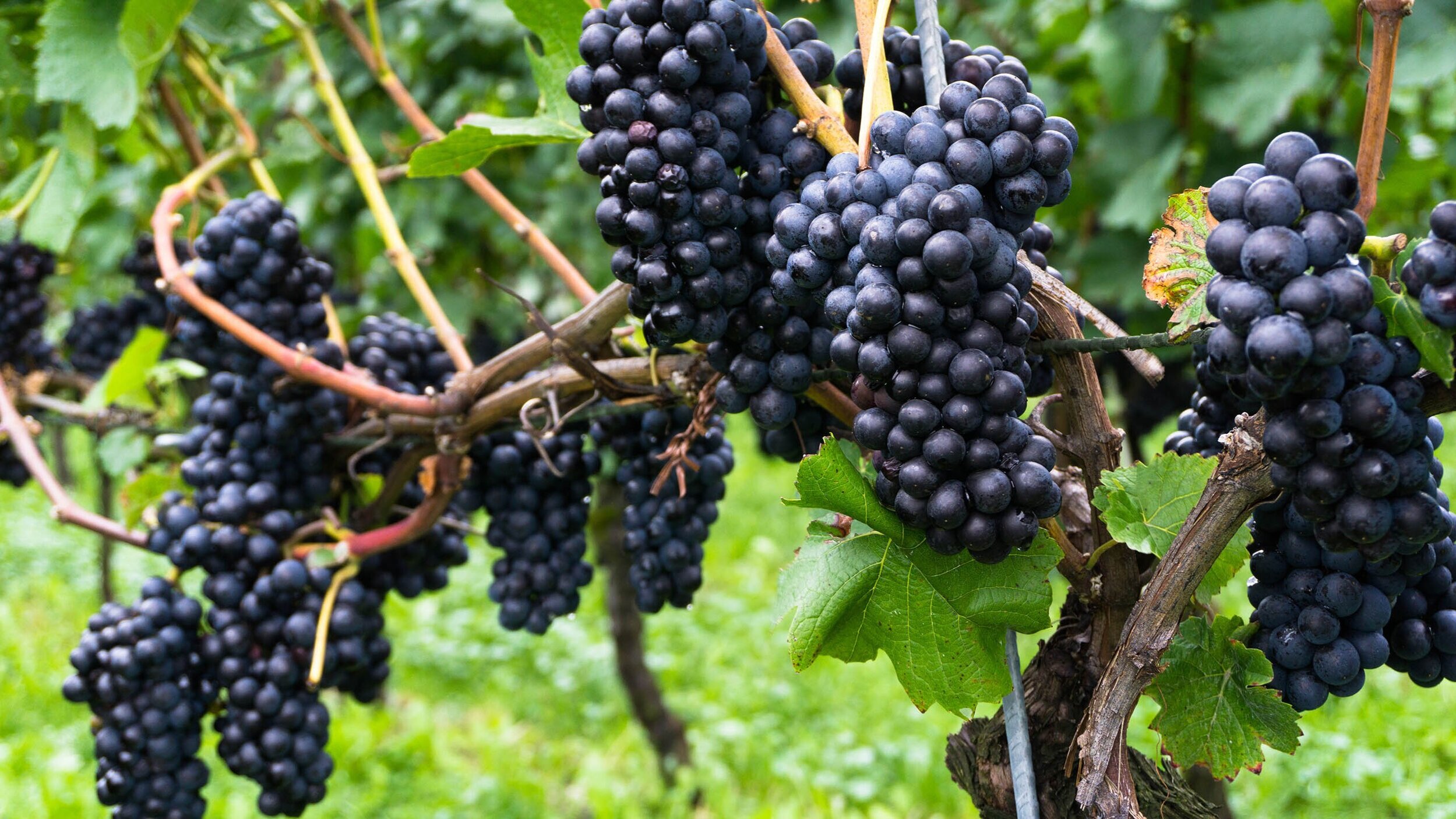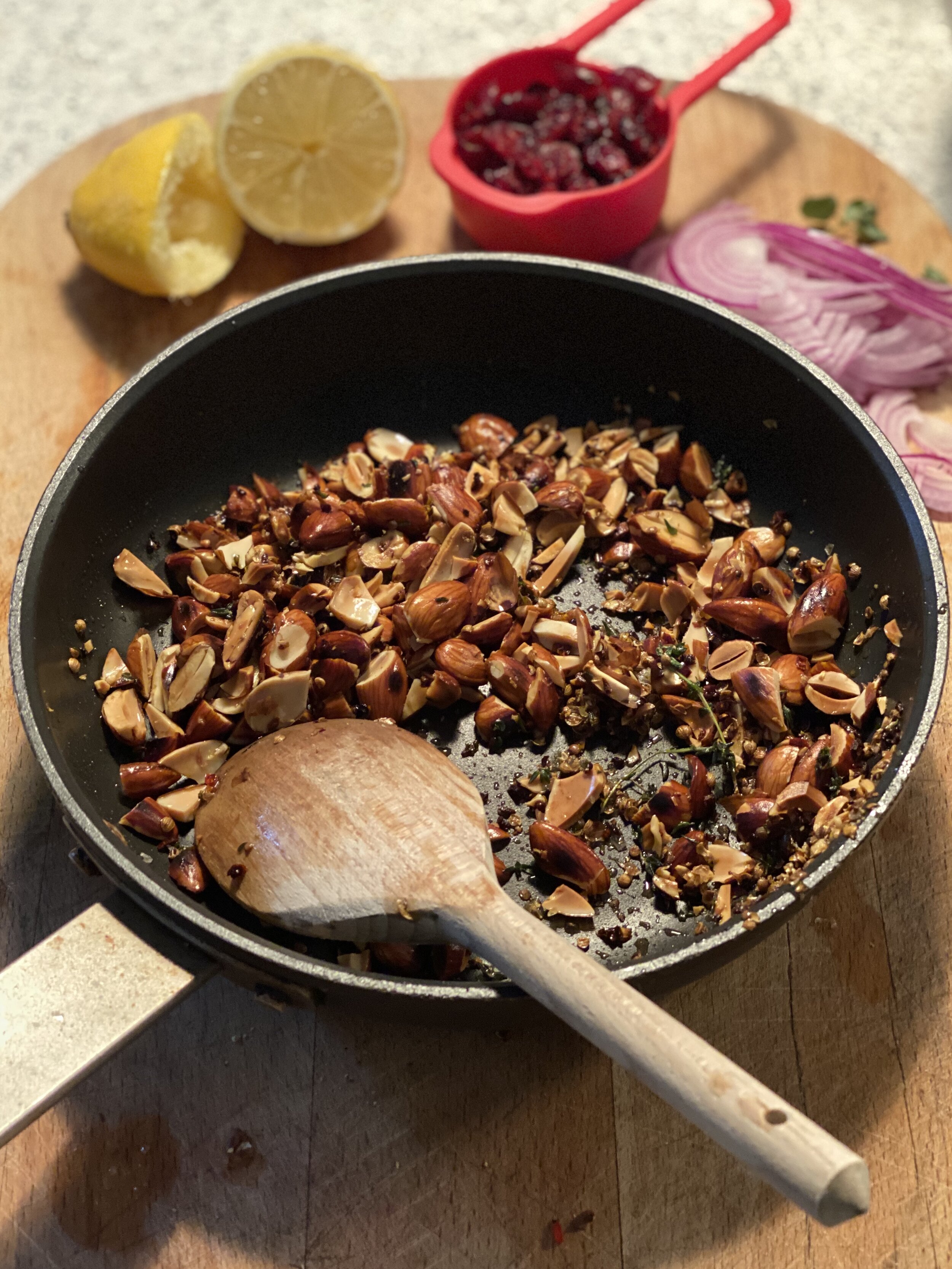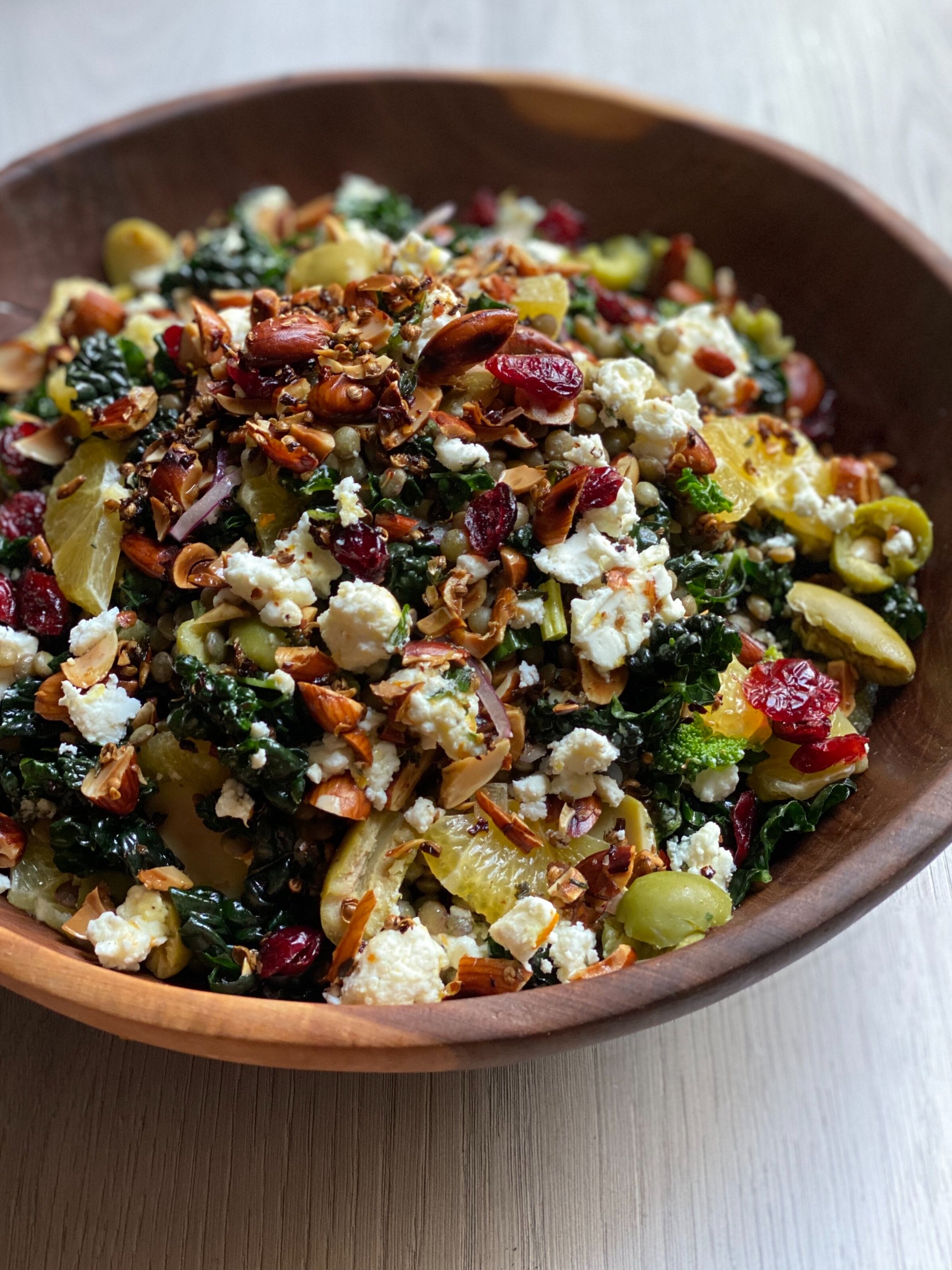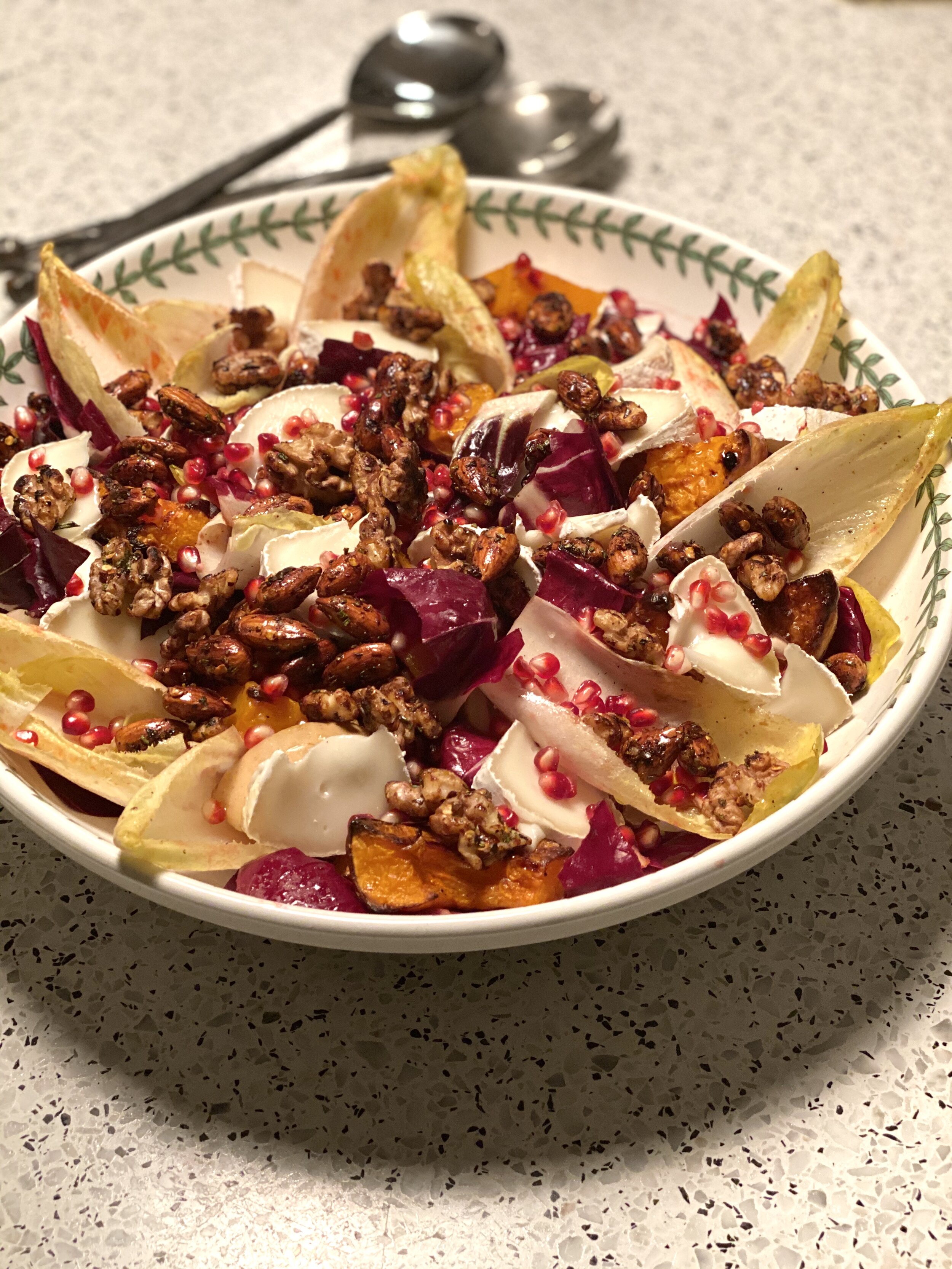Pinot Noir, New World
5 facts on new world Pinot Noir:
Pinot noir is a thin skinned grape; this means it’s lighter in colour and softer in tannins than most red wines.
It’s known for its red fruit flavours - cherries, red currants, raspberries and strawberries - and with ageing in both barrel and bottle it develops wonderfully complex aromas of mushrooms, wet leaves and forest floor. We love those earthier bottles! New World Pinots tend to be fuller and fruitier, whereas Old World Pinots show a little more restraint.
With regards New World production, cooler sites in California produce excellent Pinot Noirs (Los Caneros, Sonoma), as does Oregon, New Zealand (Marlborough, Central Otago), Australia (Yarra Valley) and good old England!
Pinot noir translates as - ‘black pine’; it’s so called because the grapes form tight, pine cone shaped clusters on the vine!
Pinot Noir is one of the three grape varieties used in the production of Champagne, and ‘Champagne method’ sparkling wines the world over (along with Chardonnay and Pinot Meunier).
3 pairings for Pinot Noir:
Bejeweled black lentil salad
(Recipe here). This salad, originally written for friends Liebherr - was one of our favourite recipes from the end of 2020. It’s a celebratory salad, a showstopper. It’s a salad you could happily serve at a dinner party with little else to recommend itself other than a delicious glass of food-friendly Pinot Noir.
The flavours of the food and the wine mirror one another - sweet, fruity pops of dried cranberries in the salad echo the red fruit flavours in the Pinot, and the salad’s nutty, earthy quality - thanks to its base of puy lentils - will echo any earthy notes in the wine should you be drinking an older bottle. Structurally these two are a good pair - they’re both medium bodied, served at room temperature, and have soft tannins - Pinot from its oak aging, and the salad from the vegetal grip of the cavolo nero and robust smokey, almonds.
Buckwheat crepes with creamy ricotta & balsamic beetroot
While we don’t have this recipe on the site - yet! - we are huge huge fans of a ‘loaded crepe’ and will often make a stash of buckwheat crepes for the freezer (stored between little squares of parchment paper). We cook them a little thicker than you would a French ‘lemon & sugar’ style crepe, maybe 5 mm thick and pile them high with all manner of salads and roasted veggies.
Buckwheat flour is wonderfully nutty and earthy, and beetroot is sweet and earthy too, both compliment Pinot very well. The faint lactic tang of ricotta and a dash of sweet balsamic vinegar over the beets compliment the acidity of the wine yet do not undercut it. Honey caramelised walnuts are a lovely final flourish and you can find the recipe for these here.
Butternut salad with pomegranate and goats’ cheese
(Recipe here). Fruity, tart pomegranate seeds compliment Pinot Noir’s lively, delicate acidity, as does the tang of a salty goat’s cheese. Roasted butternut squash offers up some ‘meatier’, charred flavours which marry well with the influence of oak ageing - complexities of sweet smoke, gentle spice, tar, mushroom and forrest floor.
One of our favourite bottles of new world Pinot Noir:
Region: Sonoma County, California
Vintage: 2013 (though the photo shows the 2018 vintage)
ABV: 14.3%
Purchased from: Spell Estate, via Wanderlust Wines
Cost: £45.00
Other info: Interestingly this wine is a blend… not of grapes as it’s pure Pinot Noir, but rather of vineyards, each in a different part of Sonoma County and each with a different climate. The winemaker sought to create a wine which encapsulates the full breadth and spirit of Sonoma by blending diverse, and yet harmonious, pressings.
The wine has been aged in oak barrels for 2 years. 25% of the barrels were ‘new oak’; virgin oak has a greater influence on the wine, it imparts stronger flavours of vanilla, coconut, and cedar. 75% of the barrels were ‘old oak’; barrels which have already seen a vintage or two have a lighter influence on the wine, they impart more subtle complexities of flavour and gentle tannins.
With a delicate grape such a Pinot Noir thoughtful, ‘lighter touch’ oak ageing is key so as not to overwhelm or distort the clarity of the red fruit flavours.
On the nose: The nose is sweet with notes of jam and cola - specifically those old school brown and white bottle sweets! It’s rich, fruity, and packed with red cherries, red currants and raspberries that have been cooked together into a jammy compote along with a little vanilla - an influence of those new oak barrels.
7 years in bottle have had their way with this wine - which being fans of earthier flavours we adore! - far from those red fruit aromas being ripe and juicy (as they would be in youth) it smacks of an old, yet virgin, pot of strawberry jam, pulled from the dusty depths of the cupboard and opened for the first time.
On the palate: Well this was a surprise! While it smelt smooth, rich and velvety the wine had a little more bite than we expected. It was bone dry with high acidity - those tart red currants made themselves known! - and fine, silky tannins which leant elegant structure and a very pleasant grip in the mouth. Not too smooth and slippery. Very drinkable.








